**What if machines could rewrite magic tales themselves?** A recent study introduces an AI model developed by Meta that astonishingly reproduces nearly half the content from J.K. Rowling’s renowned “Harry Potter” series. This breakthrough has created a buzz in both the literary and technological worlds, making us rethink the boundaries of artificial intelligence and creativity.
Meta, a leading player in AI innovation, has pushed boundaries again by creating an AI model capable of emulating nearly half of one of the most famous literary sagas of all time. While it doesn’t perfectly replicate every sentence and magical nuance, it manages to capture the essence and stylistic elements that make the Harry Potter series beloved by millions.
This achievement isn’t just about mimicking text. It reflects a significant leap in natural language processing (NLP), demonstrating AI’s potential to understand and reproduce complex narrative structures. In essence, this model serves as a testament to how far we have come in teaching machines to process and generate human-like language.
The process involved training on vast datasets, including numerous literary works, to enhance the model’s understanding of narrative techniques. The core objective was not just to copy words but to delve into deeper language semantics and context understanding, an area where AI has traditionally struggled.
The implications of this study on cultural and creative industries are enormous. While AI can produce text resembling original works, it prompts us to question the boundaries of machine-generated creativity. Can AI truly replicate the human elements of surprise, emotion, and original thought that are engrained in storytelling?
Moreover, this technological advancement raises discussions on intellectual property and ethical usage. If an AI can recreate a significant part of a copyrighted book, how should this be regulated? These are questions that legal experts, technologists, and cultural theorists will need to explore together as AI capabilities continue to grow.
It also underscores the importance of responsible AI use. Developers and users must prioritize ethical guidelines for application, ensuring that AI complements rather than replaces human creativity.
Looking forward, the potential applications of such technology in literature and entertainment are vast. Writers might use AI as a collaborative tool to brainstorm new plotlines or to refine their writing style. Publishers could leverage AI to create personalized reading experiences or localized adaptations of global hits.
However, with opportunity comes responsibility. The industry must navigate these innovations wisely, exploiting their benefits while mitigating potential risks. As AI continues to evolve, so will its role in storytelling. The question remains, though—will the next bestselling novel be co-authored by a human and a machine?
In conclusion, while Meta’s AI model currently captivates imaginations by reproducing parts of “Harry Potter,” its greater achievement lies in its representation of the burgeoning relationship between AI and human creativity. This innovation blurs the lines of who can be considered an author, inviting us to explore new definitions in the age of AI.
AI
Meta AI

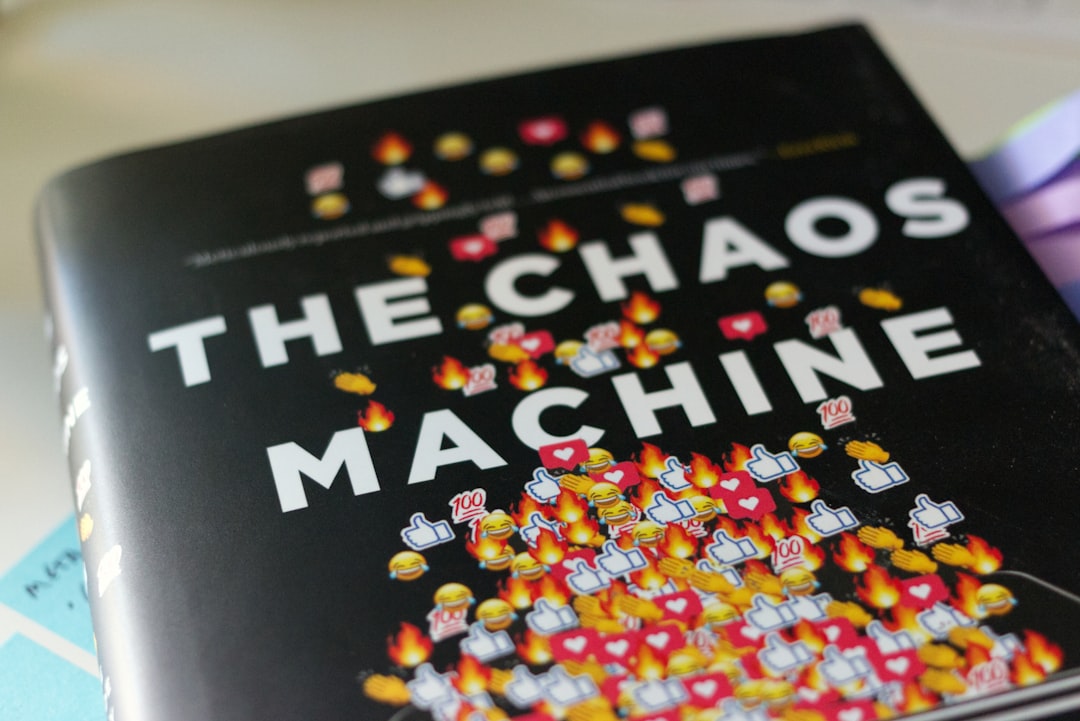
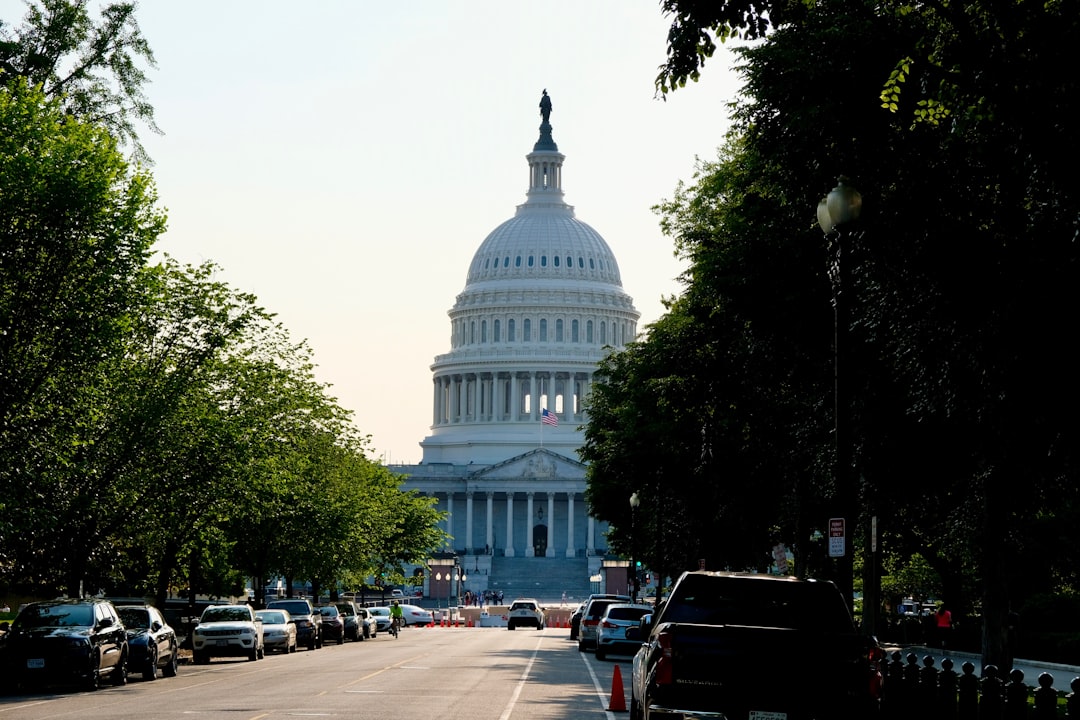
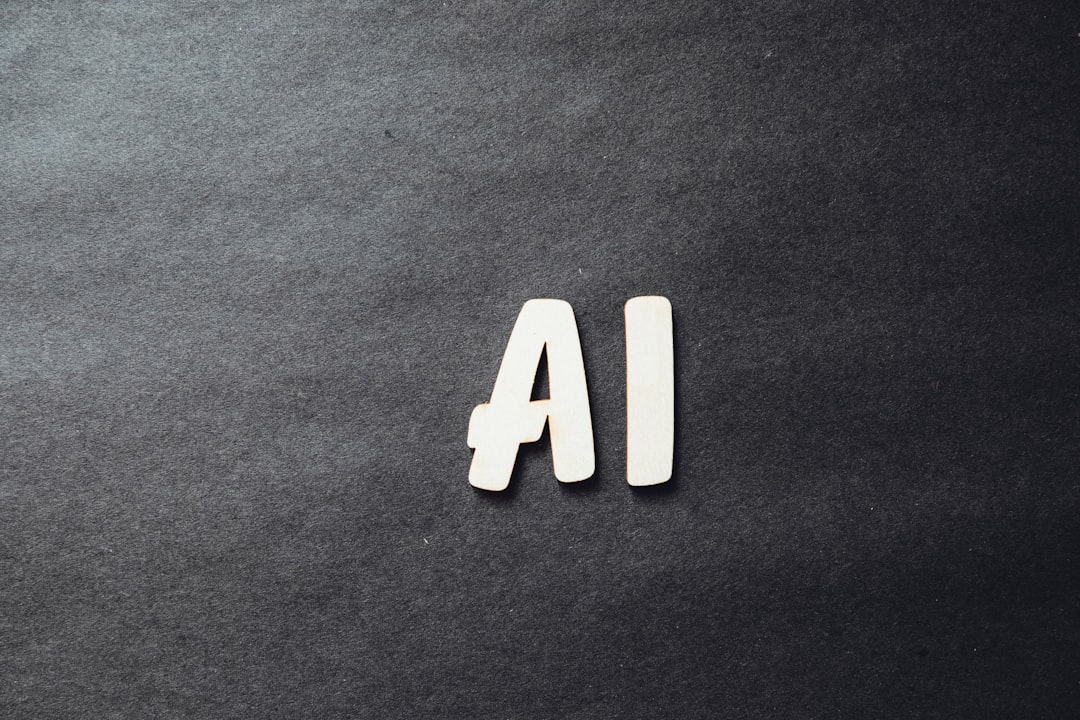
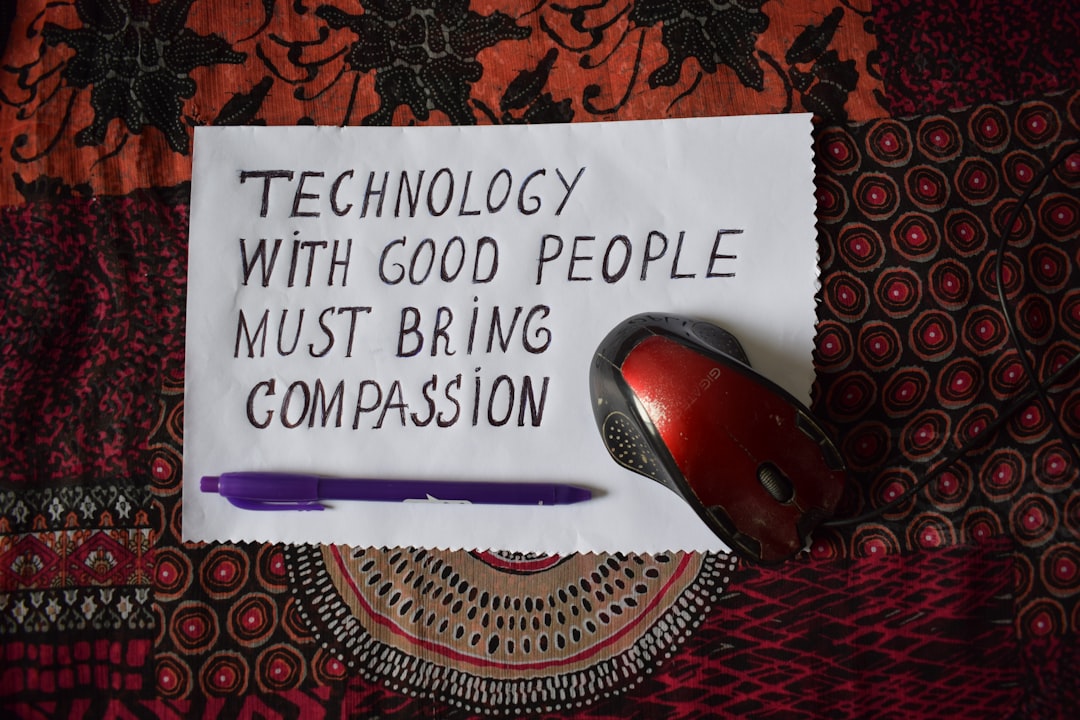









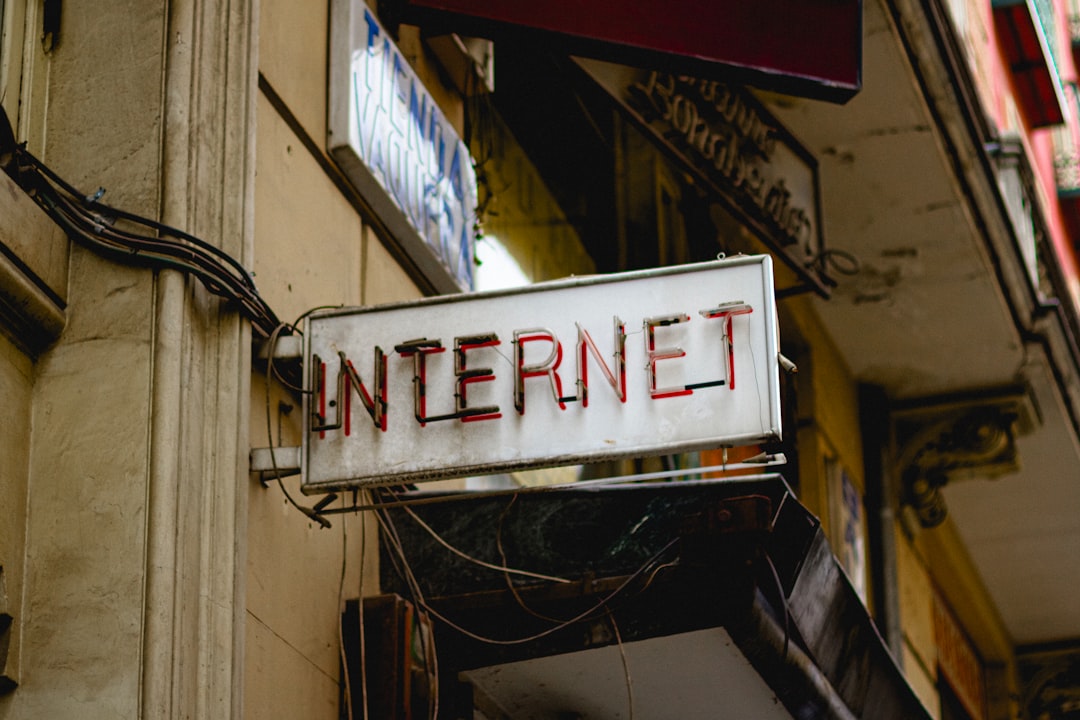
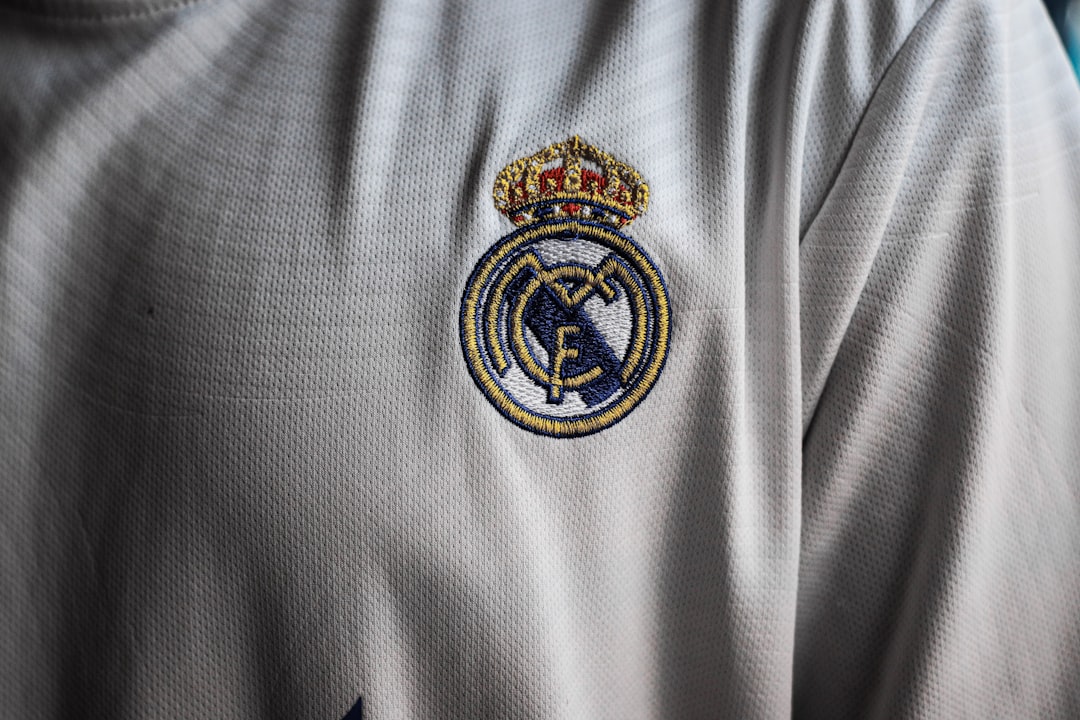
Leave a Reply